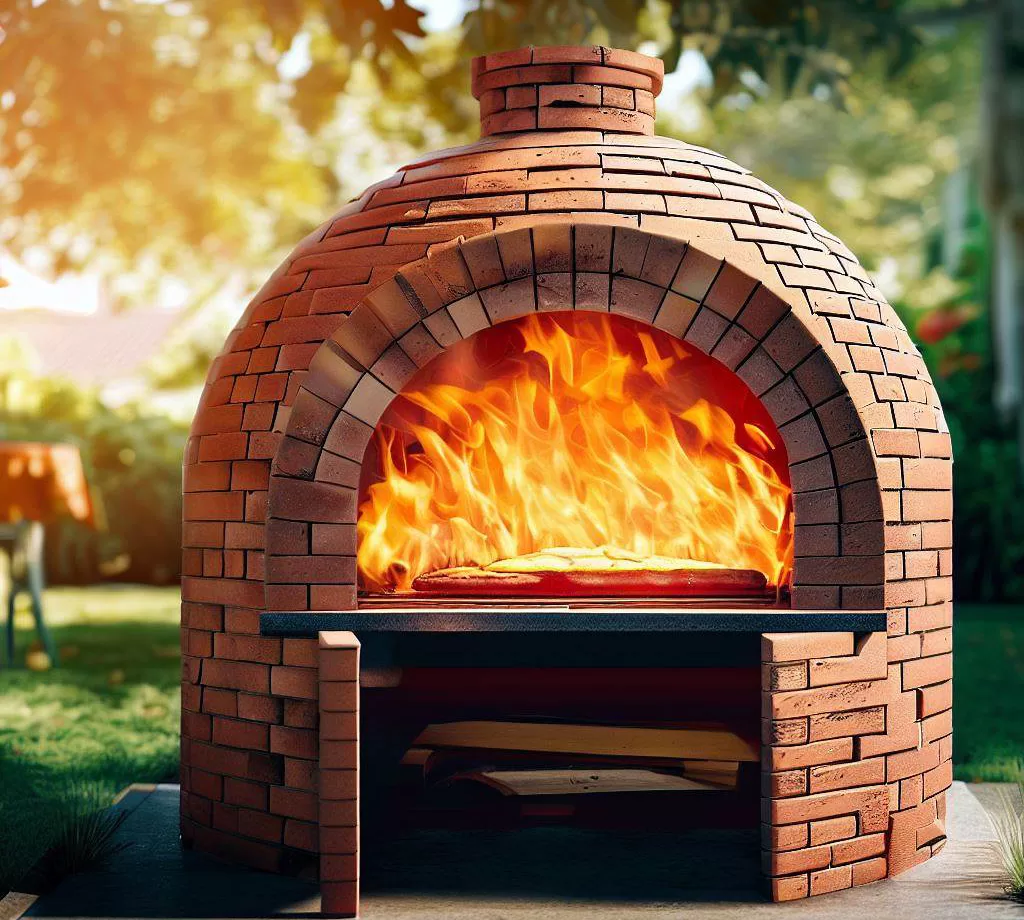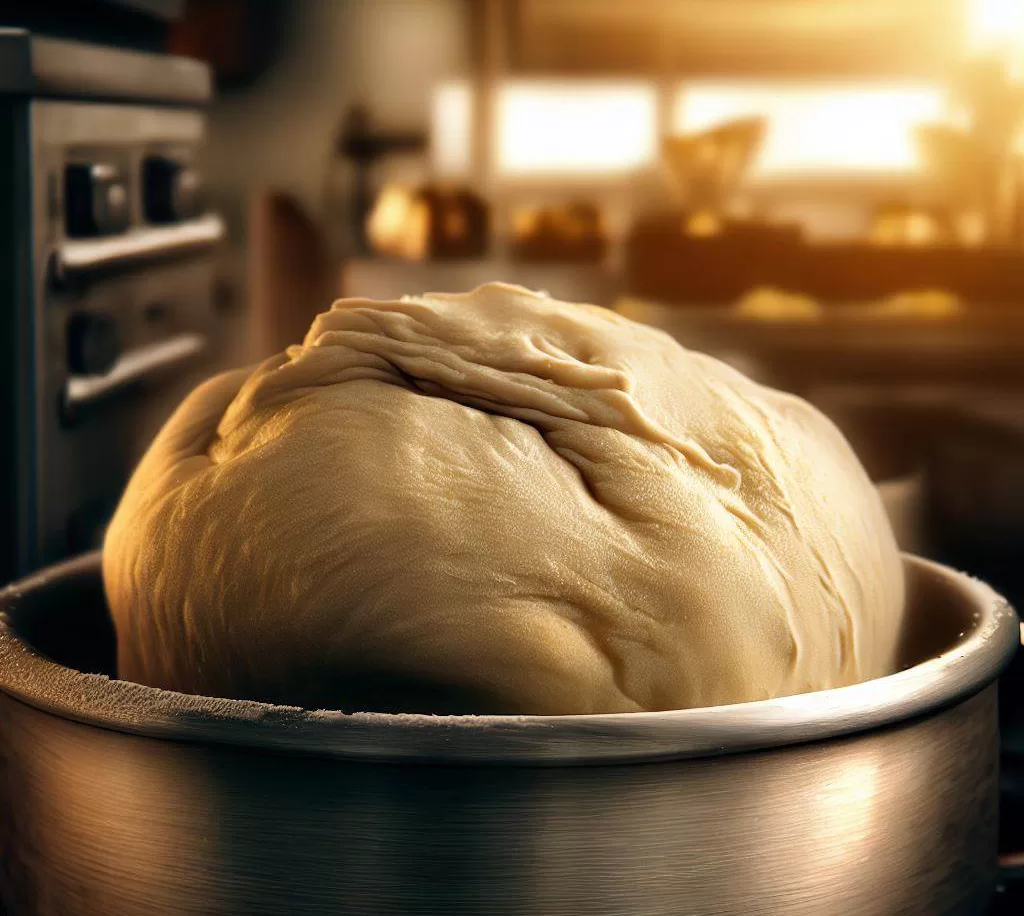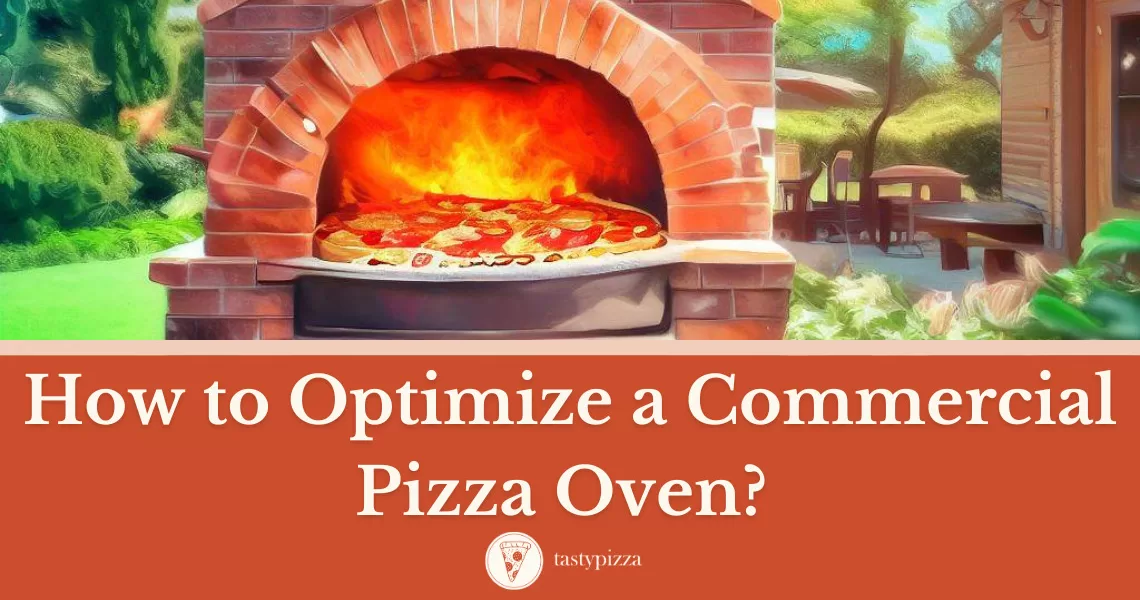Welcome to the savory world of pizzerias where every bite is an adventure, a symphony of flavors and textures.
As a passionate pizza enthusiast, you know that the difference between a run-of-the-mill slice and an unforgettable culinary masterpiece lies in consistency.
Ever had a slice that tasted different from the last time you ordered?
That’s a consistency problem.
But fear not, because we’re about to embark on a journey that will unveil the art and science of optimizing your commercial pizza oven for unparalleled consistency and quality.
Table of Contents
ToggleWhy does consistency matter in a pizza business?
Picture this: your customers savoring the cheesy, saucy goodness of your pizza, only to find that the next time, it’s not quite the same.
In the fiercely competitive world of pizzerias, consistency is the hallmark of excellence.
Consistency ensures that every customer, every time, gets a taste experience that keeps them coming back for more.
It’s the secret sauce that builds trust and loyalty among your patrons.
READ ALSO: Our top picks of pizza ovens that are ideal for commercial use.
The Cornerstones of an Outstanding Pizza Experience

Understanding the Basics of a Commercial Oven
Before we dive into the nitty-gritty of optimization, let’s explore the fundamental differences between a commercial oven and your run-of-the-mill kitchen oven.
Commercial ovens are designed to handle high volumes and deliver consistent results.
The even heat distribution, proper insulation, and advanced features like digital thermostats are tailored to ensure each pizza is cooked to perfection.
Temperature Mastery: The Fine Line Between Good and Perfect
Temperature is the heartbeat of your pizza creation process.
Different crust types demand different temperatures. Thin crusts love the heat, while deep-dish delights in a gentler embrace.
To achieve that signature crispy crust and ooey-gooey cheese, knowing the right temperatures is non-negotiable.
But be wary of common temperature-related mistakes that can ruin your masterpiece.
Place your trust in reliable oven thermometers, ensuring they’re optimally placed for accurate readings.
The Dough: Beyond Just Flour and Water

Unraveling the Secrets of Fermentation
The dough is the canvas upon which your culinary artistry unfolds.
Fermentation, that magical dance of yeast and time, is what transforms a mound of flour and water into a dough with character.
Time and temperature are your partners in crime here. Mastering these variables ensures that your dough rises to the occasion, delivering that signature chewiness and flavor in every bite.
Dough Handling and Preparation Techniques
Proper kneading is more than just a rhythmic exercise; it’s the key to uniformity in texture and flavor.
As you knead, you’re building the foundation for a crust that’s crispy on the outside and pillowy on the inside.
Shaping and stretching might feel like an art form, but with practice, you’ll create consistently sized and shaped crusts that are ready to host your tantalizing toppings.
DON’T MISS: The recent review of the PYY Indoor Pizza Oven ideal for any kitchen!
Ingredients: Picking Premium for Perfection
Quality over Quantity: The Philosophy of Ingredient Selection
Imagine a pizza where every ingredient shines, where the flavors harmonize like a symphony.
Premium ingredients are the stars of your pizza show, and investing in them is an investment in your success.
Fresh, locally sourced ingredients not only elevate taste but also showcase your commitment to quality and sustainability.
Balancing Flavors for a Memorable Taste Profile
Creating a memorable taste profile involves more than just throwing toppings on a crust. It’s an art that requires layering flavors for depth and harmony.
Think of your pizza as a palette, and each ingredient as a brushstroke.
From the tang of the sauce to the aromatic toppings, every layer contributes to the overall masterpiece.
Workflow Strategies: Efficient Operation Equals Consistent Quality
Oven Loading and Rotation Techniques
The interior of your oven is prime real estate, and maximizing its potential is an art in itself. Load your pizzas strategically to ensure even cooking and avoid overcrowding.
Each pizza should have its moment in the spotlight, basking in the heat’s embrace. Understanding the science behind optimal pizza placement ensures that every corner of your oven delivers uniform results.
Post-Bake Procedures: It’s Not Over Until It’s Over
Your pizza’s journey doesn’t end when it exits the oven. Proper cooling and serving strategies preserve peak flavors and textures.
Carefully chosen packaging techniques ensure that takeout and delivery orders are just as delightful as dining in.
How to Optimize a Commercial Pizza Oven – Final Thoughts
As we wrap up our journey through the realms of commercial pizza oven optimization, let’s recap the key takeaways:
- Temperature mastery: The foundation of every slice, ensuring crust perfection.
- Dough alchemy: Harnessing the power of fermentation for texture and flavor.
- Ingredient selection: Elevating taste through premium, locally sourced ingredients.
- Workflow efficiency: From loading to serving, ensuring each step contributes to consistency.
The ultimate goal?
Crafting pizzas that consistently delight the taste buds of every customer, every time they indulge.
Invest in the nuances of pizza perfection, and watch your business grow.
So, there you have it—a comprehensive guide to optimizing your commercial pizza oven for consistency and quality.
Don’t forget to read our in-depth review of the PYY Indoor Pizza Oven
Embrace these strategies, and let your pizzas tell a story of perfection in every bite.
Happy baking!
Frequently Asked Questions
Commercial ovens are designed for consistent heat distribution, but factors like hotspots and cold spots can still occur. Ensure proper oven loading and rotation techniques to overcome this challenge.
Regular calibration is essential. Aim for at least once a month, but consider more frequent checks during periods of high usage.
High-protein flour, like bread flour, is ideal. It creates a strong, elastic dough that holds up well during baking.
Use quality, locally sourced ingredients and store them properly. Consider topping placement to ensure even cooking and flavor distribution.
Yes, there are nuances. Wood-fired ovens offer unique flavor profiles, while electric ovens require precise temperature control. Adapt your techniques accordingly.

Ethan Davis, a culinary arts graduate with a deep passion for pizza, is an esteemed author in the field. With a wealth of professional experience in diverse pizza restaurants, Ethan has honed his skills and expertise in the art of pizza making. His mission is to share his extensive knowledge with a wider audience, captivating them through engaging articles that showcase his profound understanding and unwavering enthusiasm for the subject. Through his writing, Ethan aims to inspire pizza enthusiasts worldwide, fostering a greater appreciation for the craft and encouraging others to explore the delicious world of pizza.

